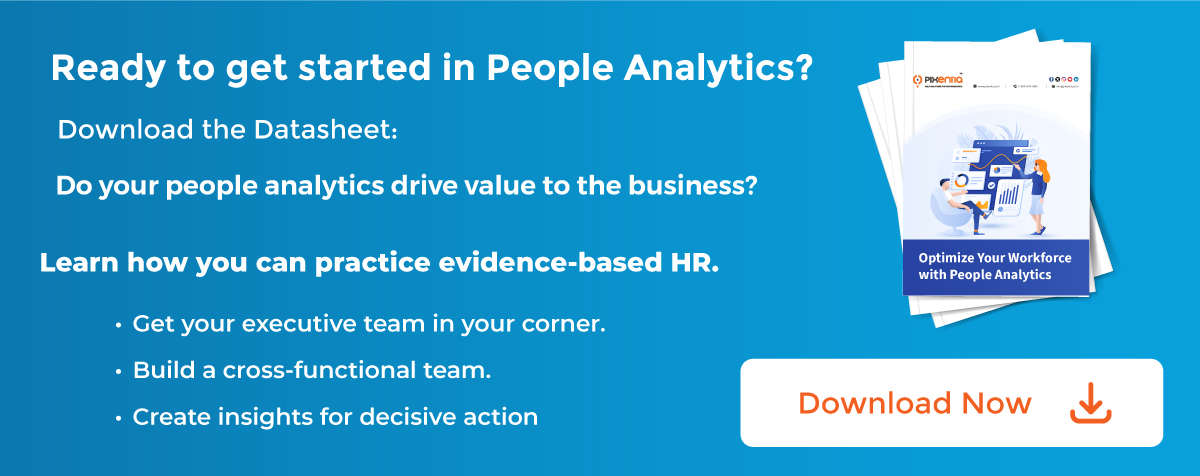
If your talent acquisition teams are struggling, you're in fine company. Most of us are dealing with factors that make finding ready talent difficult—a daunting mix of technological, demographic, and economic trends:
- Generative AI Integration: The rapid integration of generative AI into business functions changes the skill sets required for many roles. Companies today need talent who can work alongside AI, mainly in software coding and product development.
- Economic Uncertainty: Economic fluctuations and the low birth rate have caused companies to scale back and become more selective.
- Baby Boomer Retirements: Boomers leaving the workforce leads to a significant brain drain. The upcoming workforce is smaller and lacks some of the boomers' soft skills.
- Skills Gap: Increased competition for hard-to-find skills and a scarcity of specialty skills, causing moves to skill-based hiring for essential skills and competencies rather than formal degrees. Some companies that perform contract and production work implement dynamic talent allocation, a technique that organizes employees into talent pools to make it easier to match skills to work.
- Technological Advancements: New technologies have enhanced talent attraction, engagement, and retention. For example, AI search and match technology is experiencing significant year-over-year growth.
- Manager Development: Companies invest more in people managers, recognizing their critical role in managing transitions and teams during automation and technological change.
- Shifting Cultures. TA's emphasis is now on adaptability, continuous learning, and the ability to synergize diverse technologies. Instead of spending more to vie for scarce talent, organizations invest more in developing a culture that supports upskilling the current workforce.
Meet the Future Head-on
The primary key to overcoming these challenges is leveraging your data to understand your workforce needs and develop your people. Data analytics is revolutionizing the field of talent acquisition. With that in mind, we've identified six challenges and how you can overcome them.
Increasing Complexity and Competition: The talent acquisition environment is becoming increasingly complex and competitive. Data-driven approaches can deliver insights critical for improving your operational and business outcomes. We can show you how to go beyond efficiency metrics to drive strategic value.
Need for Improved Projects and Insights: With average new-hire turnover rates of 14 percent, there's a need for improved projects and insights into staging needs and strategies.
Low People Analytics Maturity: Deloitte research found that 83 percent of companies surveyed globally have low analytics maturity. A more recent study by HR.com and people analytics company Crunchr confirms it:

AI-Based Real-Time Analytics: Organizations increasingly rely on AI-based real-time analytics for more innovative, faster, and more efficient decision-making. Artificial intelligence transcends manual recruiting tasks, ushering in an era of analytics in recruitment and data-driven strategies.
Benefits of Talent Acquisition Analytics: Analyzing various talent acquisition data and metrics helps build sound strategies and processes to attract, select, and hire candidates. You can boost employee productivity and engagement, address biases in current working methods, and help make critical improvements that benefit both candidates and recruiters.
Metrics to Track: Today's standard metrics include time to fill and time to hire, analyzing candidate experience survey results, sourcing channel effectiveness analytics, and examining how many days each step of the talent acquisition process takes. These are the basic efficiency measures. However, we need more in today's challenging environment.
Expand Analytics Sourcing
Efficiency metrics aid in understanding process bottlenecks and other glitches, but quality and outcome measures are critical to the business, especially when you need to answer the big question: "What did you contribute to the business?"
We recommend exploring your core HR, talent, learning, performance management, and compensation systems for new hire and high-performer information and their influence on outcomes, including bottom-line business measures.
To help you drive that concept, I recommend spending a few minutes with Sandy Ogg, In his Talent to Value writings, he shows why and how to align talent to the roles that produce value for your business.
You'll need to explore additional data sources to make Ogg's vision come true. Here are a few examples of what you can explore:
- Skills inventories to identify skill surpluses and shortfalls within roles and geographies.
- Candidate relationship management (CRM) systems data can give you insights into talent pools.
- Social networks for passive candidates and employment brand insights.
- Employee engagement surveys evaluate new-hire satisfaction, retention risk, and hiring manager success.
- Operational and financial systems (e.g., sales, enterprise resource planning (ERP)) for recruiting costs and the impact of hiring activity on team, business unit, and business results.
- HR and talent platforms reveal employee performance and rewards, focusing on fresh hires and star performers to understand their effects on overall talent development.

Overcome Talent Acquisition Challenges for a Thriving 2024
Beneath integrating generative AI, economic uncertainties, and a generational change in the workforce lies an opportunity to rethink talent acquisition and drive innovation and growth.
Talent analytics in 2024 involves strategic planning, embracing new technologies, and focusing on workforce trends. We recommend these six forward-looking strategies:
- Embrace Artificial Intelligence in Talent Management: AI can be helpful in knowledge-based fields, including talent management. Your HCM software may already use AI for candidate screening, interview scheduling, and real-time candidate feedback.
- Shift to a Skills-Based Model: Value candidates' skills rather than their qualifications or previous job titles.
- Prioritize Employee Experience and Well-being: This will increase productivity and retention, foster a positive company culture, and promote employee well-being.
- Harness the Power of Data-Driven Decision-Making: Use data analytics to inform talent acquisition strategies. Don't limit your analytics team to only HR data. You'll need business performance data to analyze value outcomes. Expand your sources.
- Diversity and Inclusion: Whether or not your company is committed to DEI, a culture of diversity and inclusion can drive innovation and improve business outcomes.
- Adapt to Trends as They Happen: Stay updated with talent acquisition trends. For example, remote work, higher salaries, career development opportunities, and company stability will be top of mind in 2024.
Remember, your data isn't beneficial until you analyze it. Use it to gain insights that can inform your talent acquisition strategies.
Conclusion
Talent acquisition in 2024 and beyond requires real-time data analytics. If you develop a data-driven culture, you can succeed and even dominate in the war for talent.
Read more...
How Talent to Value Drives Recruiting Success
About Pixentia
Pixentia is a full-service technology company dedicated to helping clients solve business problems, improve the capability of their people, and achieve better results


